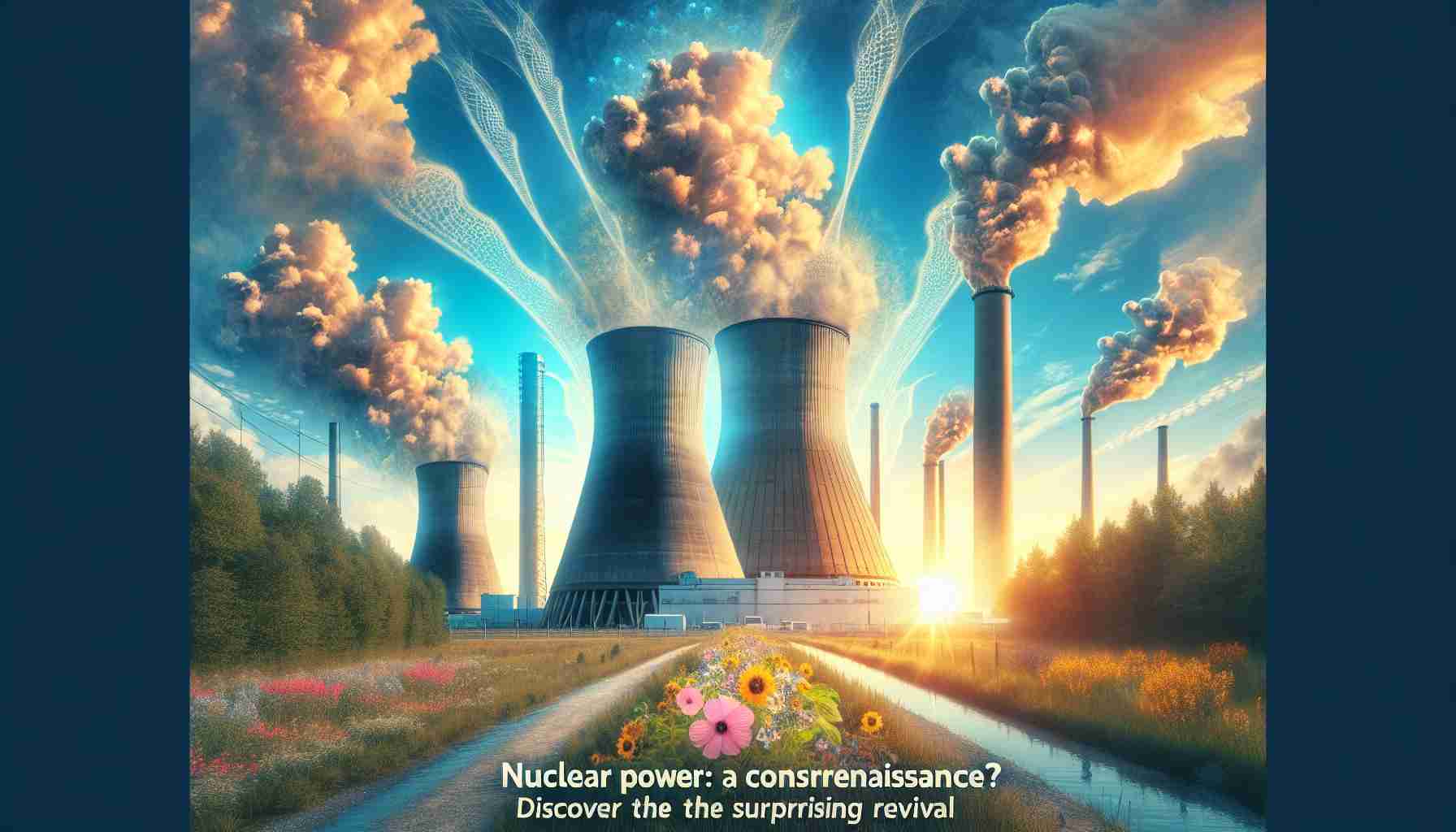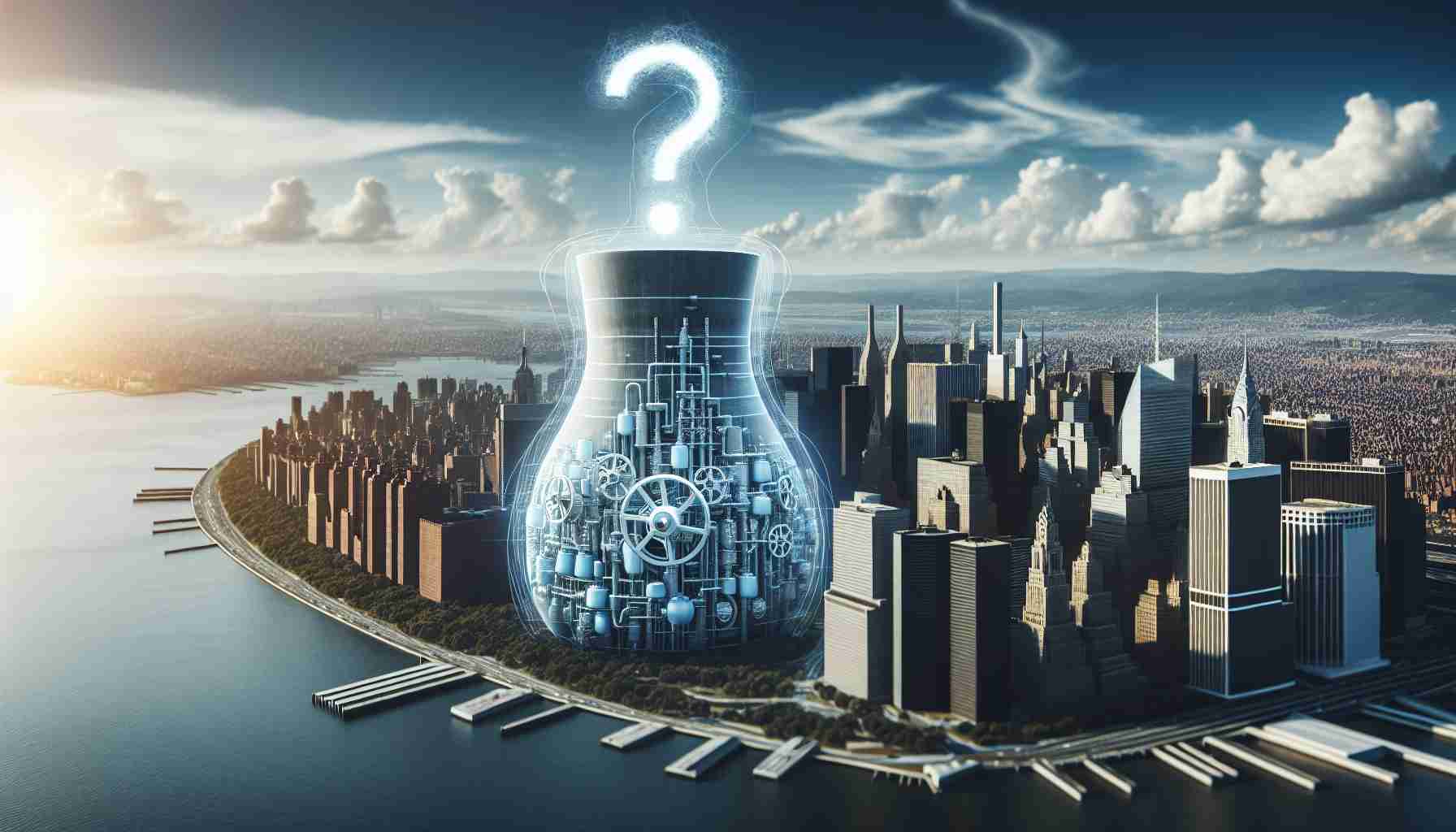The New Energy Frontier
Nuclear energy, a topic of heated debate for years, is slowly regaining ground as a viable energy alternative. In North America, many nuclear facilities are not just surviving; they are being revitalized with fresh initiatives aimed at addressing energy needs and climate change.
In Saskatchewan, SaskPower is at the forefront of this movement, planning the integration of two small modular reactors into its energy mix. This strategic move aims to substantially cut down greenhouse gas emissions over the next decade, marking a significant shift in the province’s energy philosophy.
However, public support for nuclear energy in Canada is far from unanimous. Currently, around 20% support its use, while the same number express opposition. The remaining 60% remain uncertain, indicating a divided public opinion that reflects a broader mix of perspectives on nuclear energy.
In the U.S., the story is equally complex. California’s Diablo Canyon, once slated for closure, has had its operational life extended due to concerns about energy reliability, illustrating the precarious balance between safety, public sentiment, and energy demands.
On the other side, the infamous Three Mile Island in Pennsylvania, site of the worst nuclear disaster in the U.S., is looking to restart Unit 1, driven by increasing energy demands from the tech sector. While this action has sparked interest, it also faces notable public dissent, with many recalling the long-lasting ramifications of past incidents.
As nuclear energy considers its route forward, the challenge remains: how to rebuild trust while demonstrating the necessity of this energy source in a rapidly changing world.
The Broader Implications of Nuclear Energy’s Resurgence
The renewed interest in nuclear energy not only presents a potential solution to energy challenges but also has significant societal and economic implications. As global energy demands rise—forecasted to increase by 50% by 2050—nuclear energy could stabilize energy supplies while reducing reliance on fossil fuels. This transition is critical, especially as countries strive to meet the Paris Agreement goals, aiming to limit global warming.
Societal impacts are profound, particularly concerning public perception of energy sources. In a world facing climate change, the urgency of transitioning to cleaner energy forms may sway public opinion toward accepting nuclear as a necessary alternative. Engaging communities through transparent discussions can address fears stemming from historical accidents, fostering an informed populace willing to support this energy revival.
Moreover, investment in nuclear infrastructure—such as the proposed small modular reactors—could spark a surge in job creation within the energy sector, contributing to economic stability. The nuclear industry is also linked to advanced research, particularly in safety technologies and renewable integration, suggesting that this sector is poised to play a role in developing an innovative global economy.
However, the environmental ramifications cannot be overlooked. While nuclear power generates minimal greenhouse gases during operation, the long-term storage of nuclear waste and the environmental effects of uranium mining present challenges that require sustainable solutions. As the world pushes toward a green economy, striking a balance between harnessing nuclear energy and protecting our ecosystems will be paramount.
In summary, nuclear energy’s return to the forefront is emblematic of the larger narrative on energy transition, reflecting societal, economic, and environmental dimensions that will influence its path in the years to come.
Is Nuclear Energy Making a Comeback? Discover the Future of Clean Power
The New Energy Frontier
Nuclear energy is experiencing a resurgence in interest as a potential solution to the dual challenges of energy demand and climate change. Notably, the landscape in both Canada and the United States is evolving, with innovative projects and renewed discussions around nuclear power.
# Features of Modern Nuclear Energy
Modern nuclear technology has evolved significantly. Key features that distinguish contemporary nuclear reactors from their predecessors include:
– Small Modular Reactors (SMRs): SMRs promise enhanced safety and lower costs, allowing for greater flexibility and adaptability in energy deployment. The integration of SMRs in places like Saskatchewan highlights a trend towards less obtrusive, safer nuclear solutions.
– Advanced Safety Protocols: New nuclear designs incorporate lessons learned from past incidents, utilizing passive safety measures that minimize human intervention and potential errors.
– Reduced Carbon Footprint: As nations intensify efforts to combat climate change, nuclear energy has gained attention for its ability to generate large quantities of electricity without emitting greenhouse gases during operation.
# Use Cases for Nuclear Energy
1. Energy Security: With many regions facing challenges in energy supply, nuclear power can play a crucial role in ensuring reliability, especially during peak demand seasons.
2. Industrial Applications: As industries seek to decarbonize, nuclear energy offers a stable and large-scale energy source for processes that require significant heat or power.
3. Complement to Renewable Energy: Nuclear can act as a complementary energy source to intermittent renewable options like solar and wind, providing base-load power to maintain grid stability.
# Pros and Cons of Nuclear Energy
Pros:
– Low greenhouse gas emissions during energy production.
– High energy density, providing substantial power from a small amount of fuel.
– Long-term fuel supplies through advanced technologies like breeder reactors.
Cons:
– Concerns over waste disposal and the long-term management of nuclear waste.
– Public perception challenges stemming from historical accidents.
– High initial capital costs associated with building new nuclear facilities.
# Pricing and Market Trends
The cost dynamics of nuclear power are changing as technology improves. According to recent market analysis, the levelized cost of electricity (LCOE) from new nuclear plants may compete favorably with natural gas and renewables in certain regions, especially as carbon regulations tighten. Global investments in nuclear technology are expected to rise, with an estimated market growth of 10-15% annually over the next decade due to increasing demand for clean energy sources.
# Innovations in Nuclear Energy
The future of nuclear energy is poised to be shaped by several innovations:
– Fusion Research: Promising experimental projects are underway to achieve practical fusion energy production, which would produce minimal waste and no risk of nuclear meltdown.
– Digitalization and AI: The incorporation of AI and IoT in nuclear operations is enhancing efficiency and safety, optimizing maintenance schedules and predictive safety protocols.
# Security Aspects
Nuclear energy also raises critical security considerations. Safeguarding against cyber threats and ensuring physical security at plants are paramount. Regulatory bodies are sharpening their focus on security protocols to prevent sabotage and cyber-attacks as technology becomes increasingly integrated into nuclear operations.
# Sustainability and Future Predictions
The role of nuclear energy in achieving a sustainable energy future is increasingly recognized. As governments worldwide set ambitious climate goals, nuclear power may fulfill an essential role in meeting net-zero emissions targets while ensuring stable and reliable energy supplies. Experts predict a substantial evolution in public perception over the next decade as the environmental benefits, advancements in safety, and technological innovations continue to make headlines.
For more on trends and innovations in energy, visit Energy.gov.
The source of the article is from the blog klikeri.rs



